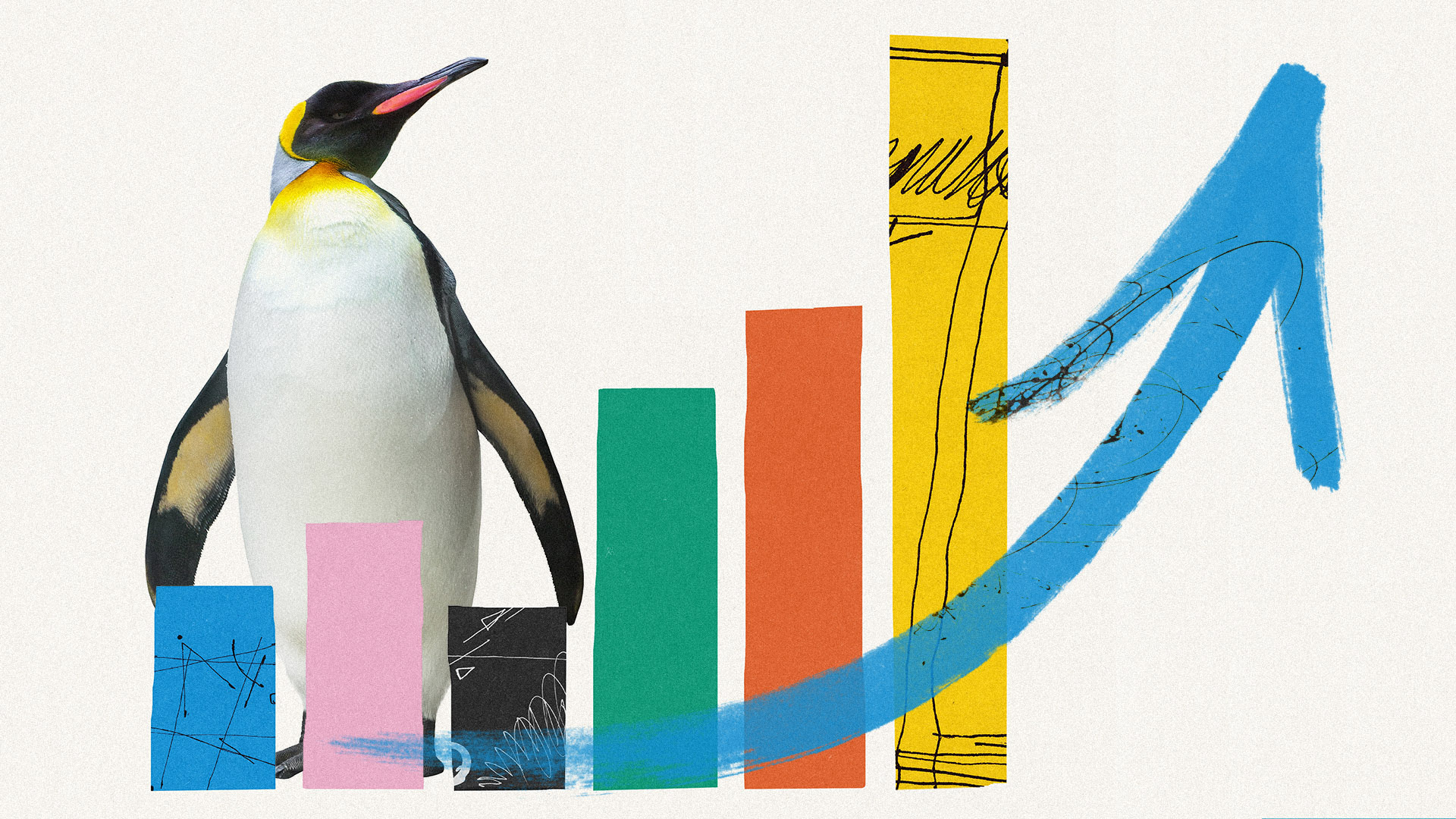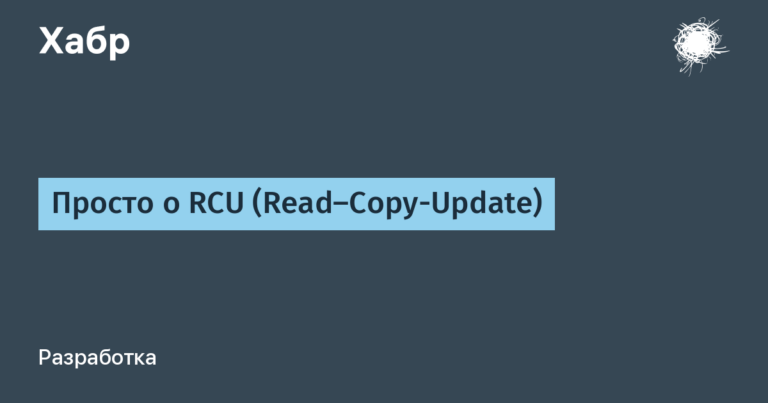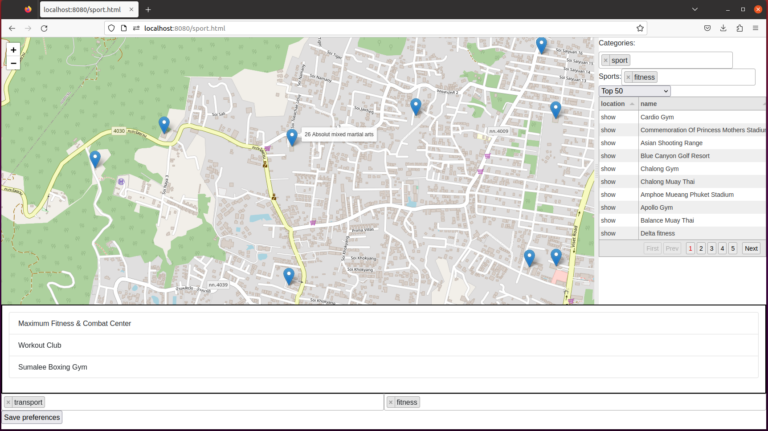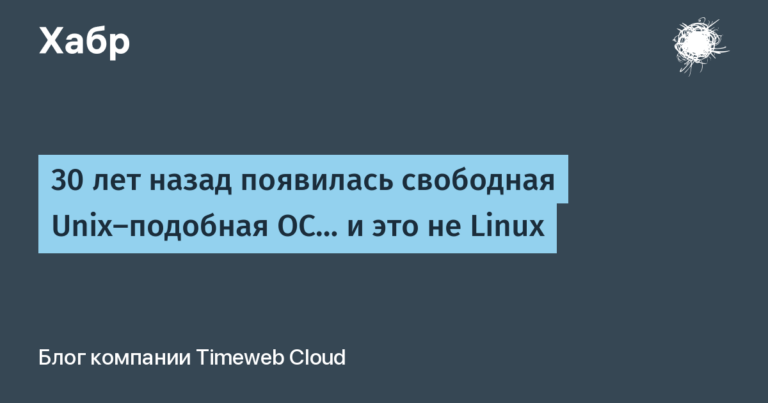Linux on PC gained 4% of the desktop market. This is a new record, but what explains it?
The share of the Linux operating system on desktop computers has never been large. However, it gradually continues to increase. Now, in 2024, this figure has reached 4% – over three years it has grown by 2%. What was the reason for such strong growth? More on this in the sequel.

What is going on?
According to Statcounter, the desktop OS market share for Linux has grown by just over 4%. Not much higher, only a fraction of a percent, but it is still a significant indicator. It's worth noting that the Linux chart does not include Chrome OS, which is also based on Linux.
It is taken into account separately in Statcounter, since it is an independent category. Nevertheless, it also has a rather large market share, which is 2.27%. If you count it together with Chrome OS, it comes out to more than 6%.

It is worth noting that Linux surpassed the 2% market share in the second quarter of 2021. Then the process accelerated, and it was possible to gain another percentage within a year, and another percentage in about five months. Of course, there is no point in extrapolating, since anything can happen with the dynamics of the popularization of Linux. But in any case, the changes are quite interesting.
By the way, if we talk about users, developers most often use this OS. According to a Stack Overflow survey conducted at the end of 2022, the percentage of programmers working with Linux at home or work grew from 25% to 40% over a five-year period.
Here is a list of the most popular Linux distributions according to DistroWatch over the last six months:
MX Linux
Mint
EndeavorOS
Debian
Manjaro
Ubuntu
Fedora
Pop!_OS
Zorin
openSUSE
Nobara
Garuda
KDE neon
antiX
elementary
Lite
Vanilla
Kali
What is the reason for the increase in popularity?
Representatives of Statcounter do not give any explanations – their task is only to keep statistics on the use of various operating systems. Experts believe that ordinary users have begun to master Linux, trying to avoid the need to update their computers and laptops.
The fact is that Windows 11 is quite demanding on hardware. It requires at least a dual-core processor with a core frequency of 1 GHz, 4 GB of RAM and 64 GB of memory on a hard drive or SSD. As for the graphics adapter, it must be compatible with DirectX 12. But that’s not all: a PC with Windows 11 must have UEFI with the Security Boot function and TPM 2.0 support, which not everyone likes.
The last point may be the reason for users to look for alternatives to Windows 11. There are, of course, ways to bypass the TPM requirement, but the “crutches” are not suitable for some owners of computers and laptops, so the choice fell on other OSes. You can use a variety of distributions that can be used by ordinary people, developers, as well as representatives of other IT industries.
Not everything is going smoothly with Windows 11 also because the Redmond company previously announced a gradual increase in hardware requirements. So, in order to use artificial intelligence technologies, such as Copilot, you will need about 16 GB of RAM.
In addition, Linux is gradually becoming more user-friendly. Some geeks don't use Ubuntu, for example, because the distribution is too user-friendly. But there are few of them – for the most part, Linux fans have a good attitude towards Ubuntu. Now the base of supported hardware is also increasing – Linux already has a lot of drivers, so there is compatibility of everything with everything, with a few exceptions. Well, thanks to Valve, Linux is also available to gamers who previously rejected this operating system due to the small number of games.
In addition, a number of companies do not want to pay for Windows licenses, so they install Linux – not all do this, but many do. Apparently, all this led to a gradual but increasingly active growth in the popularity of open source software and Linux in particular.
What about Windows?
Microsoft's operating system is not losing ground at all. This is the most popular OS in the world, used by hundreds of millions of users. If you look at it in general terms, Windows, different versions, owns about 72.13% of the desktop systems market.
Windows is followed by macOS – this operating system is popular due to the fact that many users purchase Apple Macs, and the OS is already preinstalled. Cupertino owns about 15.46% of the desktop OS market.
Finally, one cannot help but note such an item as Uknown – OSes that are not identified by Statcounter. This includes software that does not provide a User-Agent or provides it incorrectly. It's possible that other Linux distributions fall into this category, so the operating system's share may be larger than thought.





